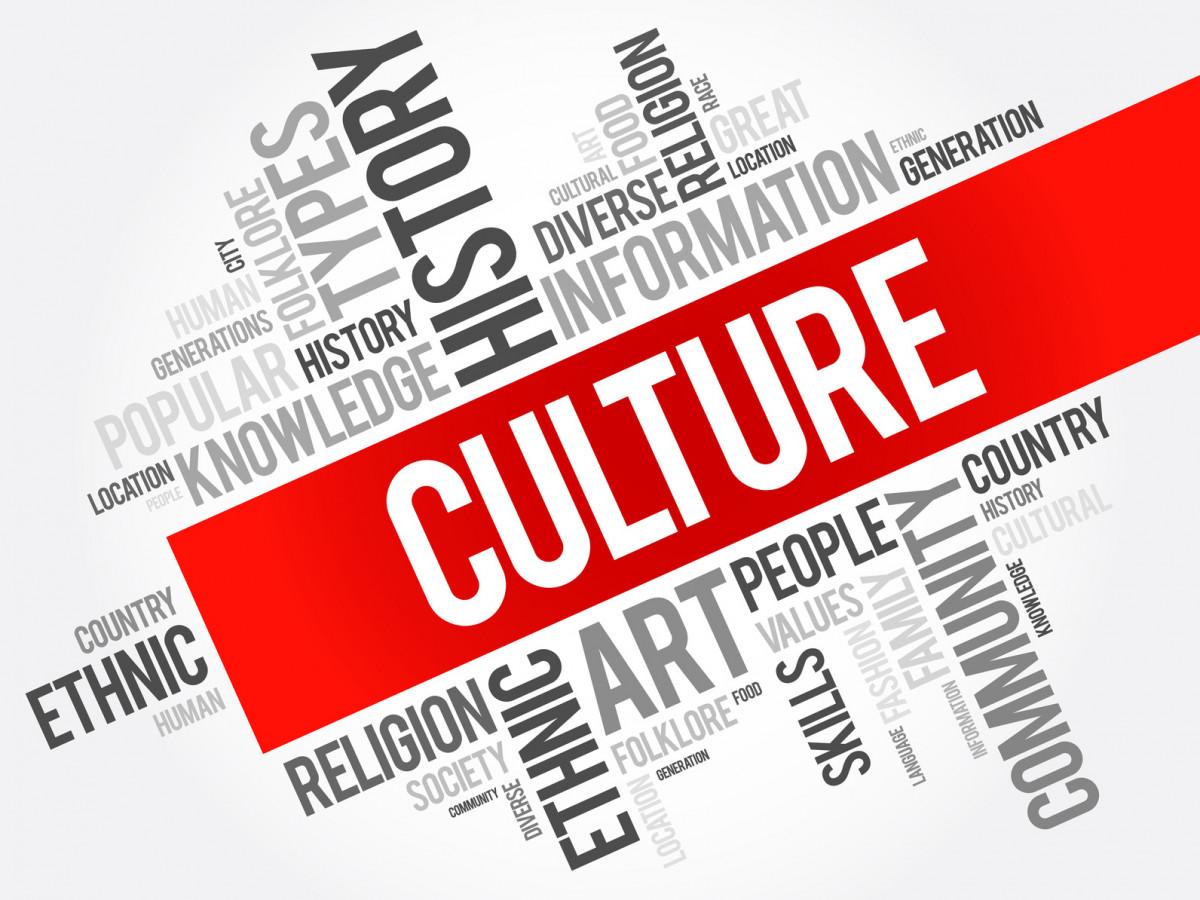Culture is the intricate web that humans weave through shared experiences, traditions, languages, and beliefs. It is a lens through which we perceive and interpret the world around us, influencing our actions, decisions, and relationships.
2. The Multifaceted Nature of Culture
Culture is not a monolithic entity but a vibrant tapestry woven from various threads of history, geography, religion, and more. It encompasses both tangible aspects like clothing and architecture and intangible aspects like customs and worldviews.
3. Cultural Expressions Through Art and Language
Art and language serve as powerful vessels for cultural expression. From the strokes of a brush on canvas to the words that form poetry, they carry the essence of cultures, transmitting emotions and stories across generations.
4. Cultural Influences on Identity and Belonging
Culture molds our sense of identity and belonging. It provides a framework for understanding who we are, where we come from, and where we fit in the world.
5. Cultural Diversity and Globalization
In an increasingly interconnected world, cultures collide and fuse. Globalization allows for the exchange of ideas and practices, leading to a beautiful tapestry of cultural diversity.
6. The Role of Culture in Shaping Norms and Values
Norms and values are deeply rooted in culture. They dictate acceptable behaviors, ethical principles, and societal expectations that guide human interactions.
7. Cultural Impact on Social Practices
From marriage ceremonies to funeral rites, culture shapes how we commemorate significant life events, reflecting our shared values and beliefs.
8. Generational Shifts and Cultural Transformations
As time progresses, cultures evolve. Generational shifts introduce new perspectives, technologies, and challenges that influence how culture adapts and transforms.
9. Cultural Preservation and Heritage
Efforts to preserve cultural heritage safeguard traditions from fading into oblivion. Museums, oral history, and conservation play crucial roles in passing down cultural legacies.
10. Cultural Appropriation and Sensitivity
The line between cultural appreciation and appropriation can be thin. Sensitivity and respect for the origins of practices are essential to foster cross-cultural understanding.
11. Innovation and Cultural Adaptation
Culture is not static; it adapts to changing circumstances. Innovations can emerge from the fusion of traditional practices and modern influences.
12. Culture’s Influence on Education and Learning
Educational systems are often rooted in cultural norms. Different cultures prioritize various subjects and teaching methods, shaping the learning experiences of students.
13. Cultural Celebrations and Festivals
Festivals and celebrations provide glimpses into cultural vibrancy. These events showcase traditions, cuisine, music, and dances that embody the spirit of communities.
14. Culture’s Influence on Consumer Behavior
Consumer preferences are heavily influenced by culture. From product choices to shopping habits, cultural factors play a pivotal role in shaping the market.
Conclusion
In a world where diversity is celebrated, culture stands as a unifying force that binds humanity together. It’s a testament to our ability to create, adapt, and evolve while retaining the essence of our roots.
